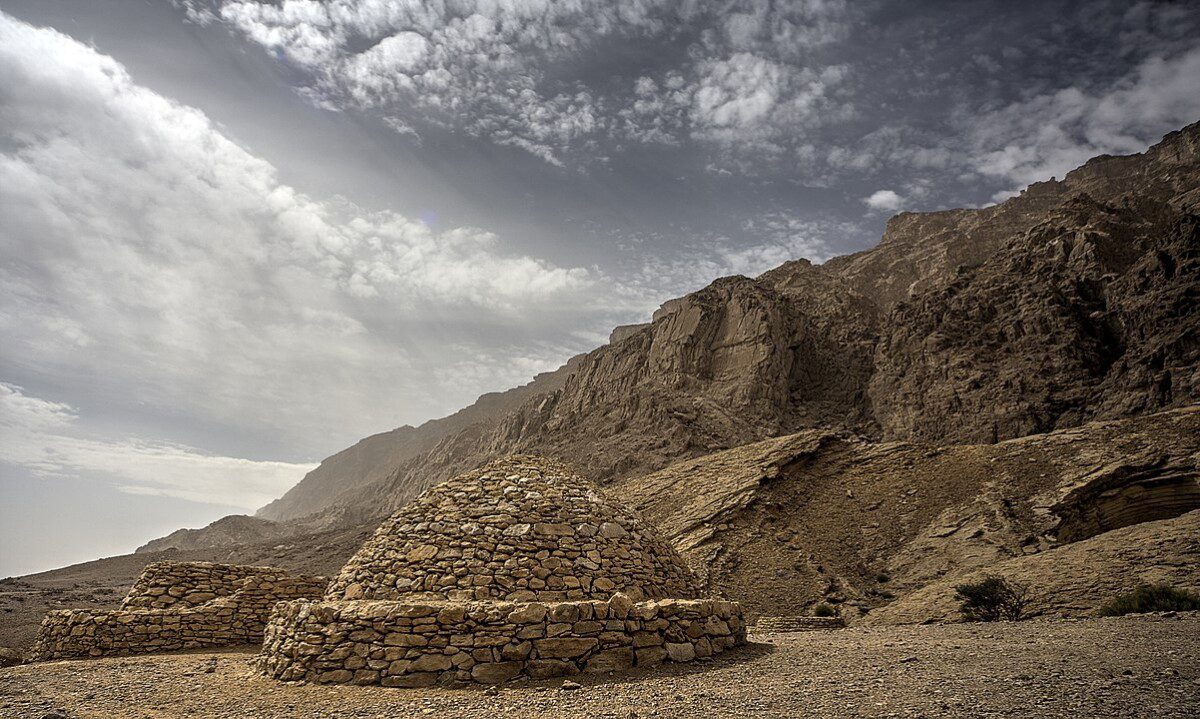
The Persian Gulf is one of the oldest continuously settled areas in the world. In earlier times (7500-4000 BCE) the Arabian Peninsula enjoyed significant rainfall capable of supporting the human settlement. These settlements were linked by trade to the civilization of Dilmun, based in Bahrain, which flourished from about 4000 to 2000 BCE.
Beginning around 4000 BCE climate change brought increasing aridity to the eastern Arabian interior, reducing the population there and contributing to migrations towards, and increasing Arabization of, the Gulf coast.
Recent archaeological surveys indicate that, despite increased aridity, two sites in the desert near present-day Dubai continued to be occupied well after climate change occurred.
In 325 BCE Alexander the Great sent a fleet to the Persian coast and explored the Arab Gulf. Greek potsherds and amphorae indicate a settlement from the Seleucid period (330-150 BCE) in what is today Sharja.
There is archaeological evidence of a major settlement in the 1st and 2nd centuries CE, on the coast of what is today Umm al-Quwain and in Mleiha (in present-day Sharja), where coins and a coin mold have been discovered.
The population of the area largely converted to Islam in the 7th century CE.

